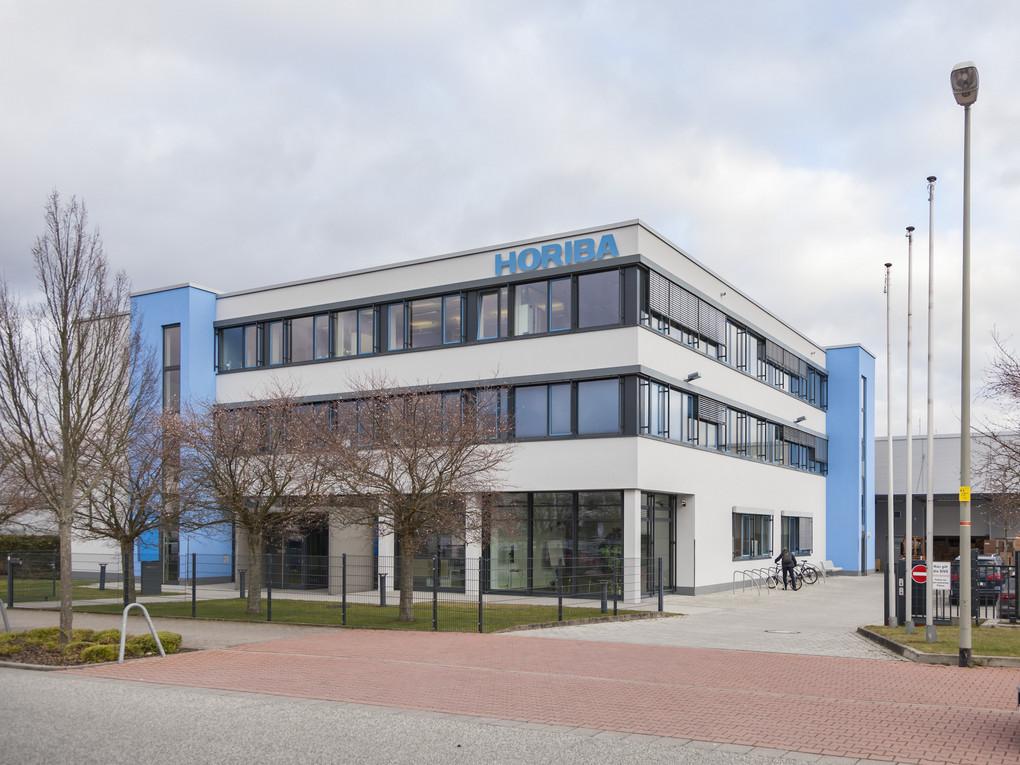HORIBA Europe GmbH with its laboratory for exhaust gas measurement technology in Oberursel, near Frankfurt, carries out calibrations of measuring instruments and sensors for the measurands and measuring ranges specified during accreditation. The DAkkS/DKD calibration certificates issued in accordance with the accreditation are proof of traceability to national standards, such as those required by the DIN EN ISO 9001 and DIN EN ISO/IEC 17025 family of standards.
On a regular basis, the German Accreditation Body (Deutsche Akkreditierungsstelle GmbH (DAkkS)) confirms that the calibration laboratory of HORIBA Europe GmbH with the laboratory for exhaust gas measurement technology in Oberursel (Germany) has the competence according to DIN EN ISO/IEC 17025:2018 to perform accredited calibrations both in the permanent laboratory and on-site at the customer's location.
Downloads:







